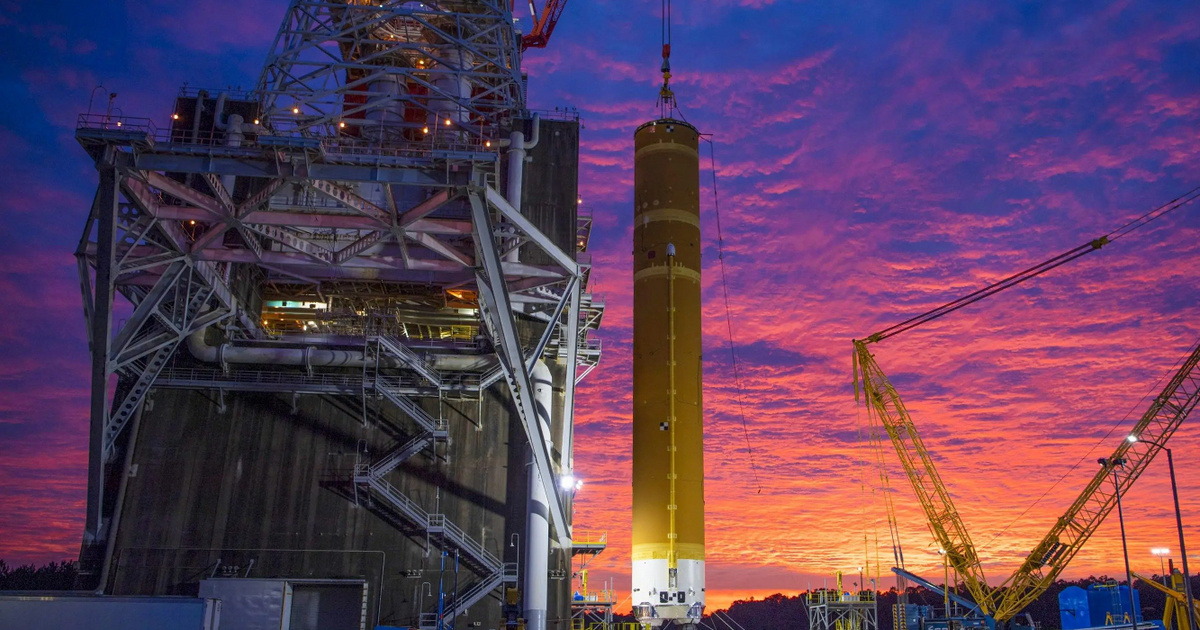As is known, NASA is working hard to return to mid-2020 after its last visit, which ended in 1972, and sending a man to the moon. This is what the Artemis program is all about, and to accomplish this, you need a medium who is able to bring serious things into space. This is the Space Launch System (SLS), and it’s a very large rocket.
NASA has so far spent $ 18 billion to develop the new carrier. The 111-meter long missile is currently the largest and most powerful launch vehicle in the world. His first testimony took place at the Stennis Space Center on Saturday. During the hot test, four Boeing’s manufactured RS-25 engines and the Aerojet Rocketdyne stationary missile worked simultaneously.
RS-25s first appeared in the early 1980s as the primary engine for US space shuttles. Four decades later, it was released from a tank containing 2 million liters of chilled hydrogen and 742,000 liters of liquid oxygen.
It was like an earthquake
NASA Secretary Jim Bridenstein said at the press conference after the test.
During testing, the gears were supposed to run for eight minutes, but after about a minute the engines stopped. This was because the control center saw a flash in the four motor’s thermal protection hood and then indicated a serious system failure. The cause of the error is still unknown.
The progress we’ve made so far is amazing, and no, it wasn’t a failure, it was a test. Today’s rehearsal made sense, and we’re going to change and go to the moon
Bridenstein said.
Saturday was the eighth test with launcher scores. The first SLS, Artemis 1, is scheduled to launch in November 2021, without passengers. Whether this can be achieved depends on whether to repeat the main gear test, now discontinued, which – if the rocket engines need to be replaced – slips the program for at least ten days.












































